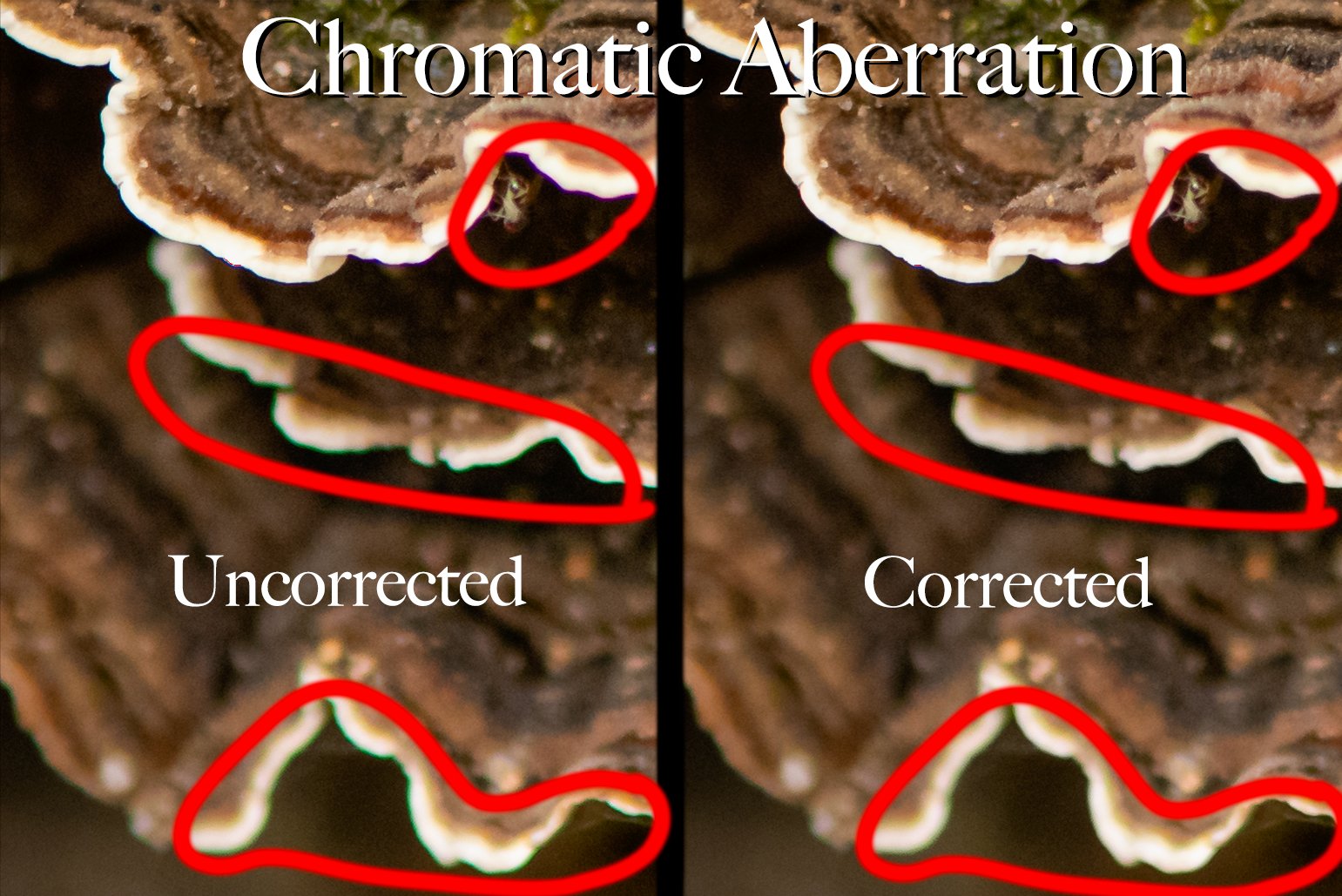Different focal lengths alter the perspective within the frame.
If you’re like me one of your first lenses was a zoom lens. These can be very useful and very convenient, giving you a lot of options in framing your shot. But you may have also fallen into one of the traps I did, lazily using a zoom lens to change the framing of the shot without thinking about how the different focal lengths affect the perspective within the frame.
Take a look at the photographs in this post. What they are intended to show is how different focal lengths alter the perspective within the frame. If we can learn this lesson zoom lenses become even more powerful tools, letting us more intentionally choose a focal length to alter how the image looks, how one element in the frame relates to another, instead of just choosing what to include and exclude from the frame.
Example: Wide Angle Focal Length
A wide angle focal length (22 mm) stretches out the perspective, pushing the foreground and background further apart.
Wide angle focal lengths, such as 22 mm, are often used to include more of the scene. But they also have a way of making an object that is close to the camera look very far away from an object in the distance. They stretch out the perspective.
Notice in the 22 mm image how small the distant waterfall is compared to the nearby waterfall.
Example: Normal Focal Length
A “normal” focal length (50 mm) more closely resembles the perspective our eyes see.
The 50 mm focal length has an effect very similar to what we see with our eyes. The perspective is very natural. That’s why focal lengths in this range are very popular for street photography.
Compare the 50 mm image to that of the 22 mm image. Notice how the waterfalls appear closer together in the 50 mm image. Also notice how the distant waterfall is larger than it was in the 22 mm image. The perspective is compressing.
Example: Telephoto Focal Length
A telephoto focal length (80 mm) compresses the scene, bringing the foreground and background closer together.
The 80 mm focal length is at the small end of the telephoto range. Telephoto focal lengths are often used to pick out details in a scene, allowing you to exclude non-essential elements and “zoom” in on the real subject. But they also allow us to compress the perspective.
Look closely at the 80 mm image. Notice how much closer together the waterfalls are when compared to the other images. Also notice the relative sizes of the waterfalls. They look close together and similar in size. This is the compression effect caused by a longer focal length.
Conclusion
Zoom lenses are great tools not only because they let us zoom in and out, quickly framing a shot, but because they include so many different focal lengths allowing us to alter the perspective within the image to suit our vision. Start thinking intentionally about how you want the scene to look.
Use focal lengths intentionally to create the perspective you envision.
Do you want your subject to look very large compared to the background? Then use a wide angle focal length and get close to your subject. This will make the subject look large in the frame and push the background further into the distance.
Do you want to make your subject look very close to the background, maybe a mountain or monument? Then use a telephoto focal length to compress the scene and make the background look much closer to the subject.
Sometimes it’s very useful to zoom with your feet instead of with the zoom lens. Pick a focal length on the zoom lens to give you the desired perspective, then move with your feet to position yourself in the correct place to line up the subject with the background.
Now it’s your turn. Head out with a zoom lens, or with multiple prime lenses, and use the different focal lengths intentionally to alter the perspective within the image. Experiment, see what you can come up with, and have fun!
Do you enjoy these posts?
Sign up to receive periodic emails with updates and thoughts. Don’t worry, I won’t spam you. And please consider purchasing artwork or products from my online store, and using my affiliate links in the sidebar to the right when shopping online.
I appreciate your support!



























